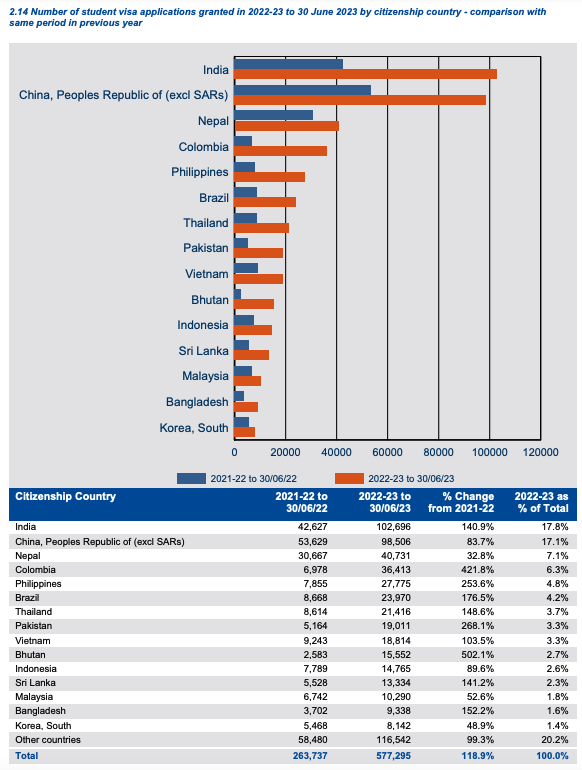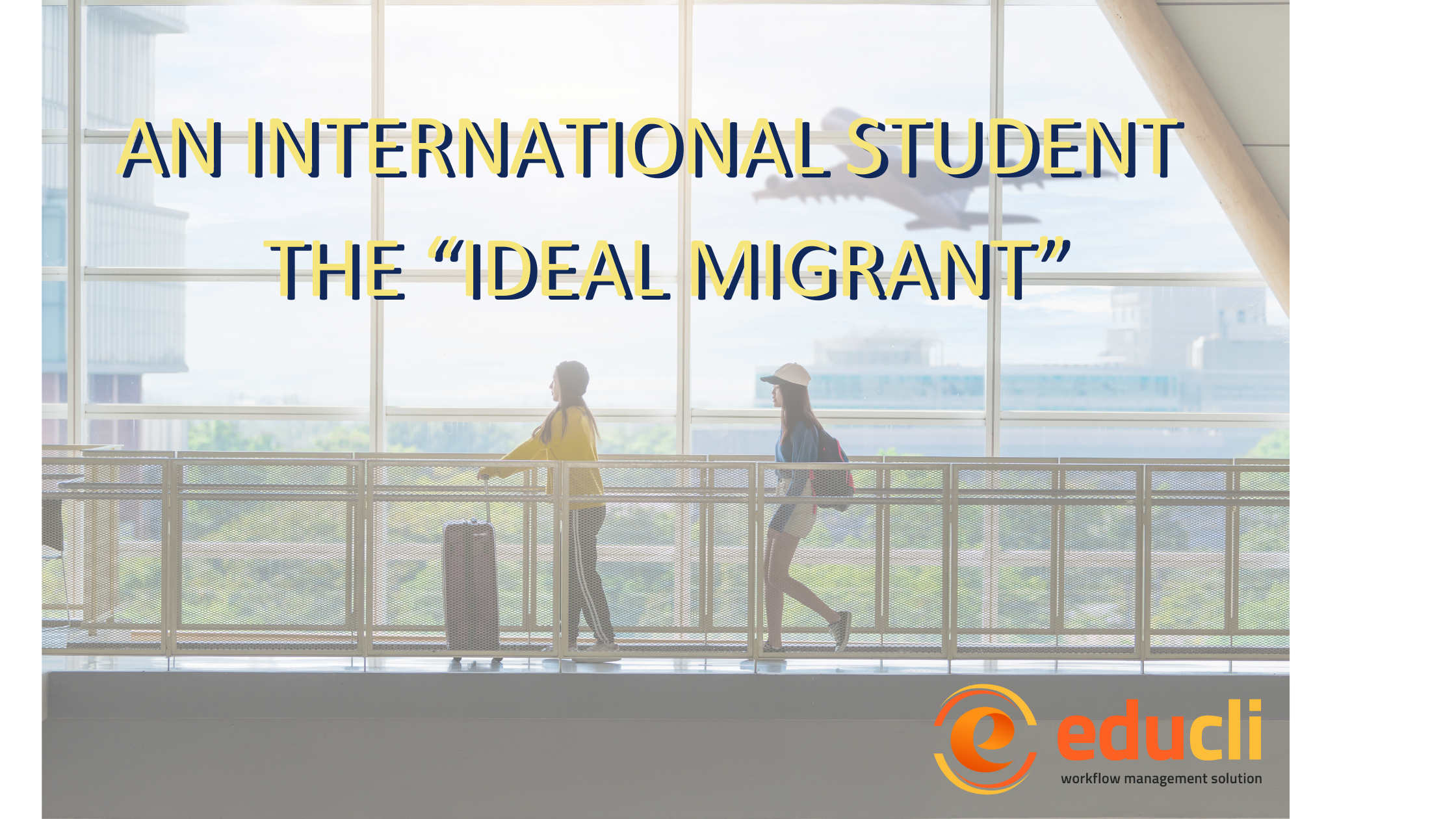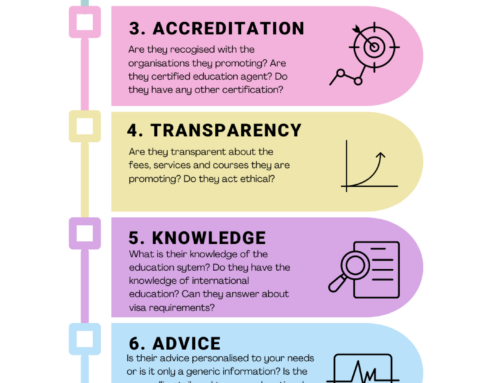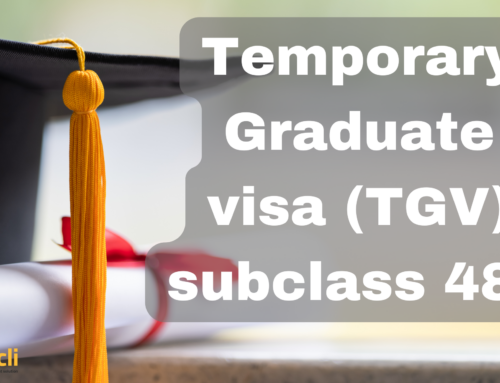For a long time, Australia has been a popular choice for students from all over the world. Australians take pride in their country’s abundant natural resources, thriving culture, and promising future prospects.
Australia has benefited greatly from the influx of international students due to both the cultural enrichment and academic vigor they bring to the country. However, Australia’s reputation as a welcoming destination for international students is being tarnished by constant legislative changes. Yet it is surprising how little people know about the actual requirements for coming as an international student to Australia. People talk about international students as if they can just buy a plane ticket and walk in. Maybe the critics should give it a try to find out what it is really like.
Before even being allowed into Australia, international students must demonstrate that they got accepted into a CRICOS (Commonwealth Register of Institutions and Courses for Overseas Students) registered course and prove that they have enough funds to support themselves and any immediate family members accompanying them to Australia. All applicants, students, and their dependents pay an Immigration Visa Charge (VAC) plus a potential surcharge. A student with one partner and one child needs to pay AUD1,415 in advance for the visa application.
Economic Contributions
Economically, Australia benefits greatly from its large population of international students. The money they spend on things like housing and travel is enormous compared to the money they put into the economy for their education. Their monetary influence can be felt in many fields, including academia, commerce, and the real estate market. Facilitating international education is in Australia’s economic interest because it provides a financial boost that helps sustain jobs and drives growth.
In reality, international students are a net contributor to the economy and help pay for a significant portion of the cost of the country’s public university system. International education is worth $26.6* billion to the Australian economy. There was $15.1 billion paid as Goods and Services and $11.4 billion paid as Tuition fees as per data provided by the Department of Education. International education is in top 5 main export goods by Australia (followed only by Gold, Iron Ore, Coal and Natural Gas). ,
Cultural and Educational Benefits
Foreign students contribute to Australia in more ways than just the economy. They enrich domestic classrooms with a global perspective that benefits students of all backgrounds. Australia’s progress toward its goals of becoming a more inclusive and internationally connected country is bolstered by the climate of understanding and innovation fostered by this cultural exchange.
The Drive to Learn and Contribute
Foreign students’ hunger for knowledge and success is palpable. They tend to be highly motivated and determined to make the most of their academic opportunities. Many recent international college grads are eager to contribute to Australia’s workforce by filling skill gaps and advancing various sectors.
The situation for international students in Australia is becoming more challenging every year. Uncertainty caused by ever-changing laws can discourage students from coming to Australia to study. Inconsistent policies and changing visa regulations disrupts students’ educational journeys and future career plans.
Last year, almost 500,000 visas were issued to international students, along with them came just over 77,000 immediate family members.


For instance, students’ ability to remain in the country after graduation is directly affected by recent changes to post-study work rights and visa processes. Moreover, legislative changes are influencing the majors and fields of study that international students can pursue, which may result in a mismatch between the skills students acquire and the needs of the Australian labor market. This has implications for their futures as individuals, as well as for Australia’s ability to attract and retain talented graduates.
Finding a Balance
Australia faces a difficult balancing act between ensuring the integrity of its immigration system, on the one hand, and maintaining its reputation as a safe and welcoming place for international students, on the other. Clear, consistent, and fair policies must be the cornerstone of Australia’s international education sector.
To ensure that new laws do not reduce the country’s appeal to international students, the government should consult with educational institutions, students, and other stakeholders. The policymaking process should take the long view, taking into account not only the short-term financial benefits but also the long-term cultural and intellectual enrichment that these students bring.
In conclusion, Australia must not lose sight of the enormous value that international students bring as it navigates the complex interplay of education policy and international relations. It is vital for the country to keep its promise to be a welcoming destination for students from all over the world so that they can study, develop, and eventually give back to the community that welcomed them.





Leave A Comment